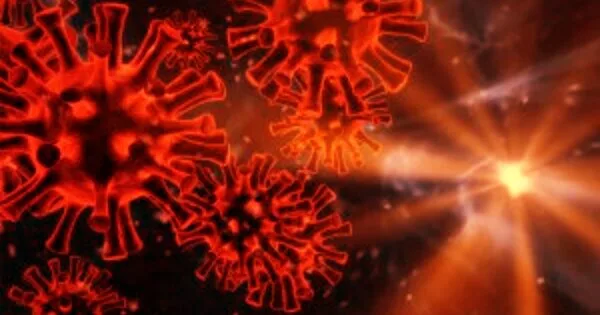The greenhouse effect describes how “greenhouse gases” trap heat near the Earth’s surface. These heat-trapping gases act like a blanket wrapped around Earth, keeping it warmer than it would be without them. Carbon dioxide, methane, nitrous oxides, and water vapor are examples of greenhouse gases. Scientists have discovered that the warming effect of carbon dioxide aids in the stabilization of the Earth’s atmosphere. The terrestrial greenhouse effect would collapse if carbon dioxide were removed. Without CO2, the Earth’s surface would be 33°C (59°F) cooler.
According to new findings published in Nature, an enzyme that combats the greenhouse gas nitrous oxide (N2O) may one day provide scientists with a powerful new tool for reducing the amount of gas in the atmosphere.
The study details how the enzyme – N2O reductase – is assembled and offers key insights into its ability to render nitrous oxide into harmless nitrogen and water. The research was co-led by VAI Associate Professor Juan Du, Ph.D., VAI Associate Professor Wei Lü, Ph.D., and University of Freiburg Professor Oliver Einsle, Ph.D.
Addressing greenhouse gas emissions is a massive, multifaceted undertaking. The findings of today are an early but significant step toward the development of another tool that could potentially combat one contributor to climate change,
Associate Professor Juan Du
“Addressing greenhouse gas emissions is a massive, multifaceted undertaking. The findings of today are an early but significant step toward the development of another tool that could potentially combat one contributor to climate change,” Du stated.
Greenhouse gases trap heat in the Earth’s atmosphere, causing global temperatures to rise. Nitrous oxide accounts for only about 7% of greenhouse gases produced by human activities, but its impact is 300 times that of carbon dioxide, the most common greenhouse gas. According to the US Environmental Protection Agency, agricultural practices such as the use of nitrogen fertilizers are the most common source of nitrous oxide. It can linger in the atmosphere for over a century.

N2O reductase is used by certain microbes to break down nitrogen-based molecules as part of the Earth’s natural nitrogen cycle. Use of nitrogen-heavy fertilizers can overwhelm these microbes’ ability to fully mitigate nitrous oxide, allowing it to escape into the atmosphere. Understanding exactly how this happens is a crucial step toward strategies to mediate nitrous oxide, thus reducing atmospheric levels.
Understanding and controlling the supply of copper ions during the assembly of the enzyme in the cell is critical for N2O reductase biotechnological applications. The investigation focused on the structure of a membrane protein complex known as NosDFY and how it assembles N2O reductase. Using a variety of mapping and modeling techniques, the researchers discovered that NosDFY acts as a conduit, converting chemical energy into mechanical energy, which then powers the delivery of copper ions required for the creation of more N2O reductase.
Greenhouse gases occur naturally and are part of our atmosphere’s composition. As a result, Earth is sometimes referred to as the “Goldilocks” planet, because its conditions are just right for life (including us) to flourish. Part of what makes Earth so pleasant is its natural greenhouse effect, which keeps the planet at a comfortable 15 °C (59 °F) on average. However, over the last century or so, humans have been interfering with the planet’s energy balance, primarily by burning fossil fuels, which emit carbon dioxide into the atmosphere. Carbon dioxide levels in the Earth’s atmosphere have been steadily rising for decades, trapping extra heat near the Earth’s surface and causing temperatures to rise.
The findings challenge a decade-old assumption about this critical copper delivery system and reveal a new mode of operation for similar molecules. While more research is required, the findings provide a detailed blueprint that could be translated into future environmental remediation strategies.





